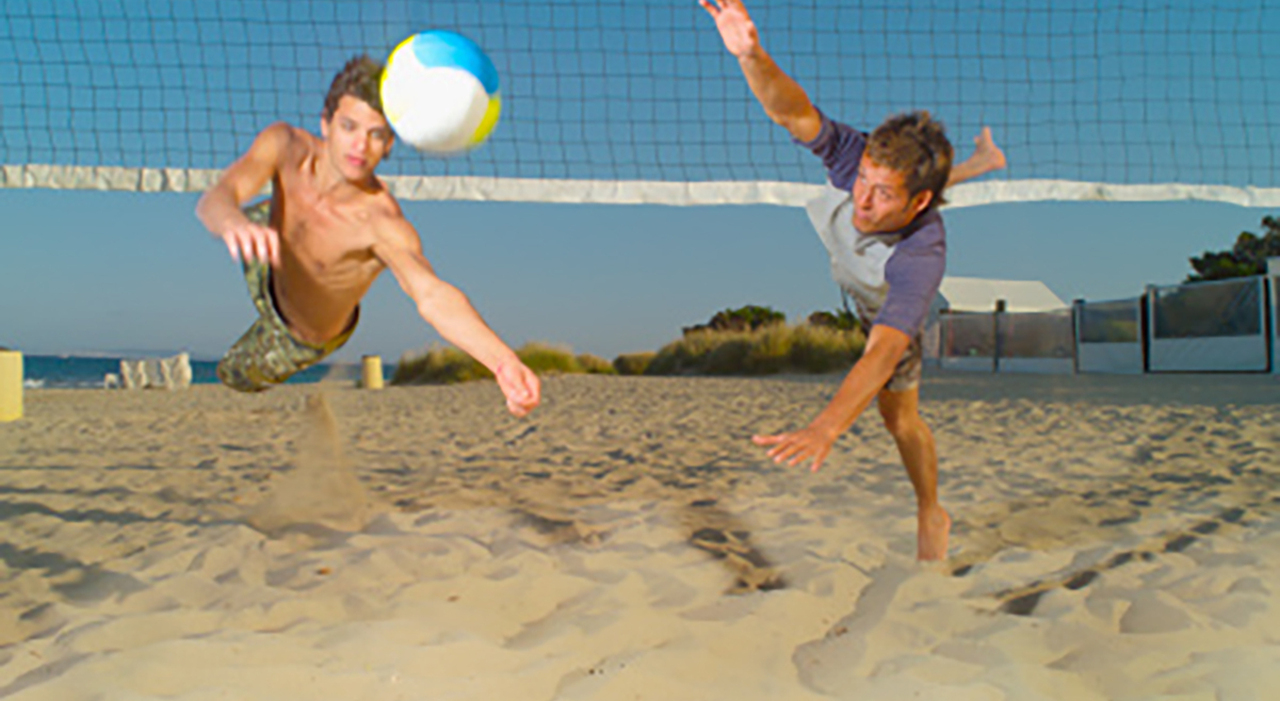Summer, or desire for sport. Those who spend their days on the beach want to run and swim, and try group sports such as beach volleyball, or individual sports such as the Sup, the surfboard that can be maneuvered while standing up.
Those who have chosen the mountains often dedicate themselves to the paths. Those who stay in the city, more than in the cold season, practice running, swimming in the pool or padel. How to choose the most suitable activity? What rules to follow to avoid injuries? Can you play sports safely even after the age of 70? “Physical activity is good, but sport without adequate preparation can be harmful at any age,” explains Professor Alberto Momoli, director of the UOC Orthopedics and Traumatology of the San Bortolo hospital in Vicenza and president of the Italian Society of Orthopedics and Traumatology . «Knowing the technique of the sport you want to practice is important, adequate physical preparation before the holiday serves to limit the risk of injuries to muscles, ligaments and bones. Often those who practice sport in the summer tend to do it as an amateur, increasing the risk of muscle stress, sprains and injuries», concludes Professor Momoli.
Water, handbook for the summer: here are all the cure-alls from the source of health
Running on the sand
Running on the beach, explain the orthopedists and traumatologists of SIOT, offers a good workout, because the soft ground requires greater physical effort and enhances muscle strength. But running barefoot, even on packed sand, can put extra strain on your ankles and knees. You risk annoying tendon inflammations, such as plantar fasciitis and Achilles tendonitis, which take a long time to cure. Even swimming, in the sea or in the pool, must be approached with care. The environment in which one moves (water) and the type of gesture make the risk of trauma almost nil, but the transition from the pool to the sea requires caution, because the wave motion does not allow for a smooth swim. Waves and currents increase fatigue, and do not help strengthen muscles.
Beach volleyball, beach volleyball, can also be practiced without training.
Stretching, always and in any case
Before a game, however, SIOT doctors recommend stretching. Even if the game is played calmly, the uneven surface of the sand, and movements such as jumping, diving and falling can cause ankle and knee injuries. The Sup, increasingly popular in the sea and on lakes, strengthens the muscles of the arms and legs, but also the abdominals and back.
Balanced on the board
The standing position, in a precarious balance to be maintained with a single paddle, has a positive effect on the joints. Sufficient technical skills are needed: a course is recommended. This sport, however, is not suitable for the over 70s, because it requires muscle strength and elasticity, joint agility and reflexes which are sometimes lacking. Falls, even when cushioned by water, can cause damage to muscles and bones.
Fitness 4.0: personal trainers like starred chefs. The last frontier of wellness
The rackets
Padel increases coordination, mobility and reflexes, helps to lose weight, improves cardio-respiratory capacity. The ability to play with greater or lesser intensity without having less fun allows you to play even in old age. However, a good preparation is needed, and it is advisable to obtain a medical-sports certification. Padel activates all muscles, and injuries are always possible. Above all, knees and ankles are at risk, due to the changes of direction and the consequent twists. Tendinitis and spinal disorders are also frequent.
Trekking and excursions
Those who regularly practice hiking and trekking do so at any time of the year. SIOT’s recommendations, therefore, refer above all to those who choose a holiday in the Dolomites, in Valle d’Aosta and in Abruzzo, and venture onto the trails for the first time. The benefits of walking are many and are not linked, as with other sports, only to muscle strengthening. Walking is good for the cardiovascular system, also thanks to the healthy environment that one crosses. Osteo-muscular stimulation helps prevent osteoporosis, and so does sun exposure which gives away precious vitamin D. Walking helps glucidic (therefore good for diabetics) and lipid metabolism, stimulating the reduction of cholesterol. The beneficial effects on the psyche are remarkable, multiplied by immersion in an intact and suggestive environment. It is essential to use suitable footwear, which must be tried on (even in city parks, or on sidewalks) before tackling real excursions. A “right” shoe allows the foot an ideal support avoiding overloads and annoying pathologies such as metatarsalgia, i.e. pain under the sole of the foot. By maintaining ankle stability, it helps prevent sprains. Improves balance even on the roughest trails, and helps avoid slips and falls.
© breaking latest news
© breaking latest news
